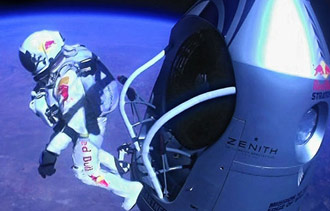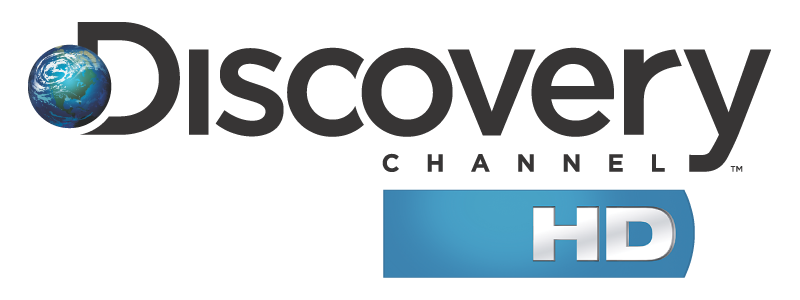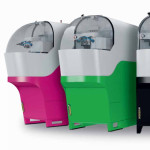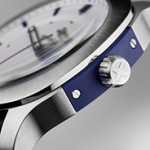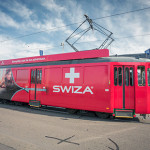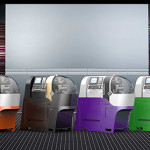The fresh approach to keeping deliveries like clockwork
Covered in colourful close up photos of mouth-watering fruit and vegetables, you can’t miss the hundreds of Fresh Direct trucks that weave their way, one stop at a time, through countless New York neighbourhoods.
Even residents high up, without the energy or inclination to wander over to a window, know when a Fresh Direct vehicle is nearby.
The slow purr of the refrigerator motor is a well known noise to New Yorkers, with the same recognition factor as taxi horns and automated bus announcements.
Started in 2003 when the dot-com crash was still a recent memory, it is an online only delivery service where customers can order fresh produce and groceries from a mobile app or desktop PC and see it at their doorstep the next day within a two hour window of their choice.
Founder and chief executive Jason Ackerman, part-foodie, part-logistics expert got his inspiration from Michael Dell who re-invented the way computers were made and shipped in record time.
Fresh Direct is similar – the food makes its way from the farm to the warehouse facility, stands still barely long enough to be put into a box and from there is driven to the customer’s doorstep.
As a start-up the drivers and managers communicated with walkie-talkie radios. Now it’s a lot different, says Mr Ackerman.
“During our launch phase we were delivering to a whopping 20 customers.
“It was the world’s largest bodega. So we had a huge facility and a tiny amount of orders. But now we deliver about 12,000-plus deliveries during one single day.”
Human voice
Over the past 10 years the technology involved in keeping the supply chain moving has improved dramatically.
But perhaps surprisingly for such a complex operation which delivers about $6.5m (£4m) of food per day, no vehicle or driver is outfitted with GPS. They have found a better system.
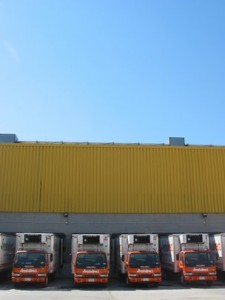
When each team leaves the depot for an eight hour shift, they are clutching a printed itinerary and a handheld scanner.
As deliveries are made they are scanned. Any deviation of more than a few minutes sets off an alarm back at the operations desk, and a human voice calls up the driver wanting to know why there is a delay.
Maybe it’s road work, maybe a building elevator is broken requiring a long slog up some very steep steps, maybe a overworked doorman took his time notifying a resident.
Whatever the cause and its likely duration, which could be seconds or years, it’s added into the Fresh Direct dynamic software program that boasts a 98% success rate for directing all deliveries to a smooth conclusion within two hour windows, scheduled anytime between 6am and 11pm, seven days a week.
It turns out at least for now, people are a lot more reliable and detail orientated than a GPS chip.
But Mr Ackerman is always trying to seek out more sophisticated software and hardware solutions capable of calculating advanced algorithms that produce even more accurate delivery times and which can handle constantly changing traffic and weather patterns.
Ironically the idea is that the more technology can be used at each step in the process, the less the end customer should know about it.
Mr Ackerman admits that most consumers only start to think about such things when there’s a problem.
“Where we have really applied the technology is our ability to see everything that the customer sees in real time so our ability to control the experience is so much more than it ever was.
“This food is a trust brand. People expect the quality that they want, the condition of the product to be excellent, the accuracy of the product, the on-time delivery etcetera.
“We had to pick it out better than they could, so all these aspects get fed into our incredibly complex information systems.”
Complaints logged online by customers also get fed into the system and are tracked back at base which can have an immediate effect on the supply chain.
If numerous customers object to the taste of a bag of apples for example, the supplier can be notified within minutes.
City challenges
Such a speedy, effective and efficient result is much less likely in a supermarket scenario where people often don’t bother to return bad food or even contact the company once they are home.
It’s taken Mr Ackerman almost 10 years to branch out.
He’s watched other delivery services expand and implode within weeks, taking millions of dollars down with them. So he is not in any hurry.
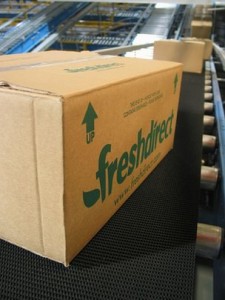
It was brutally hard to open a delivery service in Philadelphia it turned out – because the supply chain and customer base had to be built from scratch. Every city is different and comes with its own set of challenges.
All orders, no matter the destination, currently have to be placed at least one day before delivery to take advantage of the economies associated with batching orders together in an industry where margins are notoriously thin.
But Mr Ackerman is already working on the next phase of Fresh Direct – same day delivery. For many companies like Amazon this is the final frontier, but it will not be easy.
Mr Ackerman believes that realistically it can’t be done with the same kind of resources and algorithms used in the existing business model, so it will require a whole new approach.
But as third party data streams containing valuable information like weather and traffic get better and better, online delivery can only become more and more accurate.
By Ian Hardy
Source: http://www.bbc.co.uk

